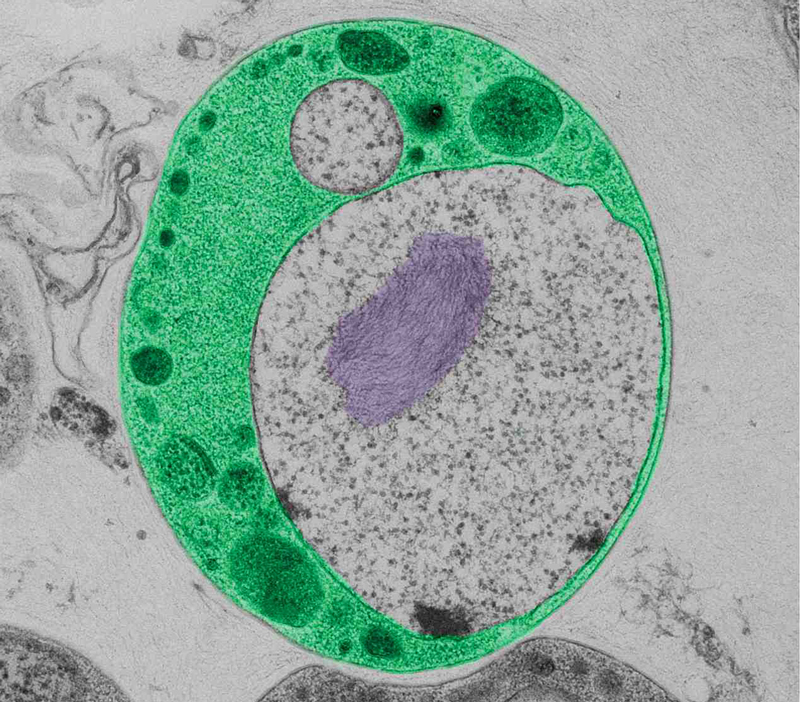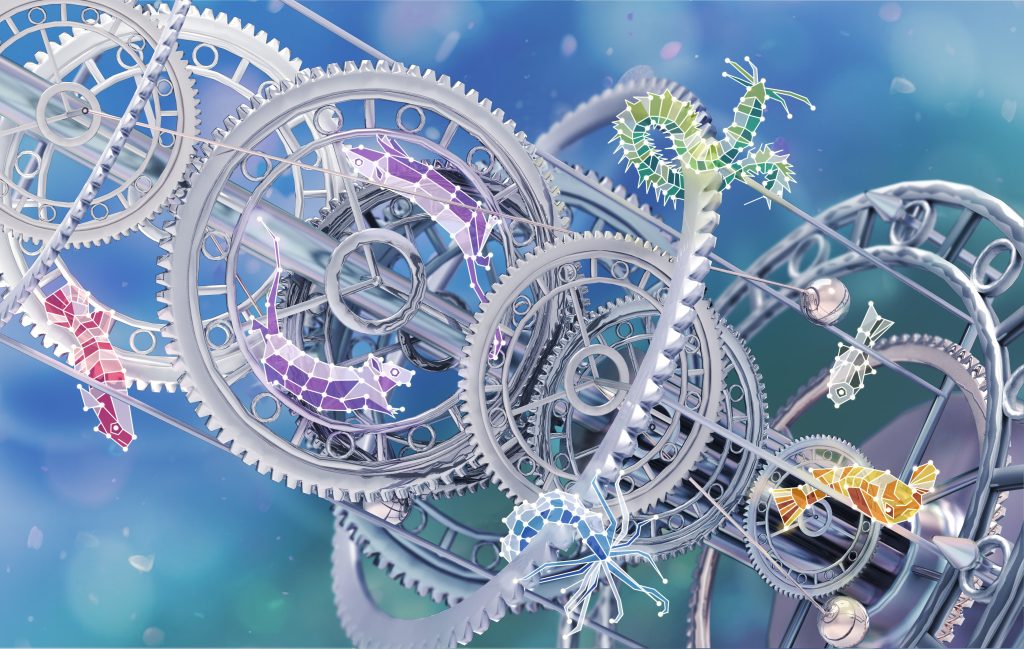Read the latest Issue
Membrane-coat proteins: bacteria have them too
EMBL discovery could yield evolutionary insights and new model organism

Although they are present almost everywhere, on land and sea, a group of related bacteria in the superphylum Planctomycetes-Verrucomicrobia-Chlamydiae, or PVC, have remained in relative obscurity ever since they were first described about a decade ago. Scientists at the European Molecular Biology Laboratory (EMBL) in Heidelberg, Germany, have discovered that these poorly-studied bacteria possess proteins thought to exist only in eukaryotes – organisms whose cells have a nucleus. Their findings, featured on the cover of today’s edition of PLoS Biology, could help to unravel part of the evolutionary history of eukaryotic cells such as our own.
In eukaryotes, the endomembrane system is a network of membrane-bound compartments which stores and transports material within the cell. These compartments, which include organelles such as the endoplasmic reticulum and the Golgi complex, also exchange portions of membrane with each other, by forming and absorbing vesicles. Scientists believed that membrane-bound compartments were unique to eukaryotic cells, and that membrane-coat proteins, which have a unique architecture and are associated with the endomembrane system, existed only in eukaryotes. Recently, however, membrane-bound compartments were observed in PVC bacteria.
In the new study, researchers in the group of Iain Mattaj, Director General of EMBL, are the first to provide molecular evidence that the coat proteins that shape the eukaryotic endomembrane system also exist in prokaryotes. Using a combination of bioinformatics, molecular biology and electron microscopy, the EMBL scientists found that proteins with the characteristic membrane-coat architecture also exist in members of the PVC group, but not in any other bacteria, in association with the membranes of subcellular compartments.
“Our findings provide unexpected clues as to how the endomembrane system of eukaryotes evolved,” says Damien Devos, who led the study, “and since they are relatively simple cells, these bacteria could be used as model organisms for studying how this system works.”







